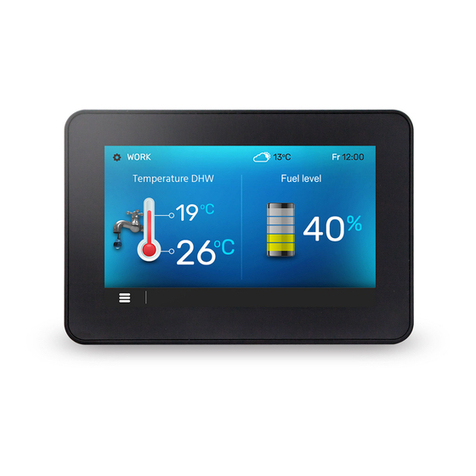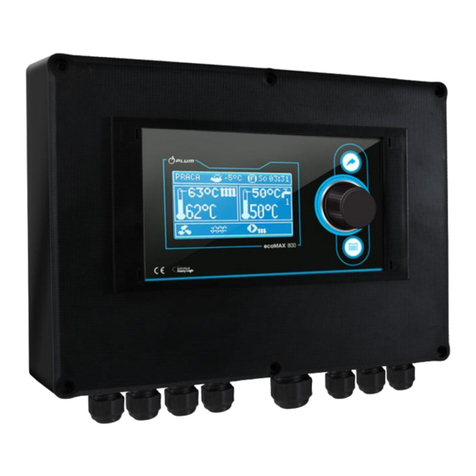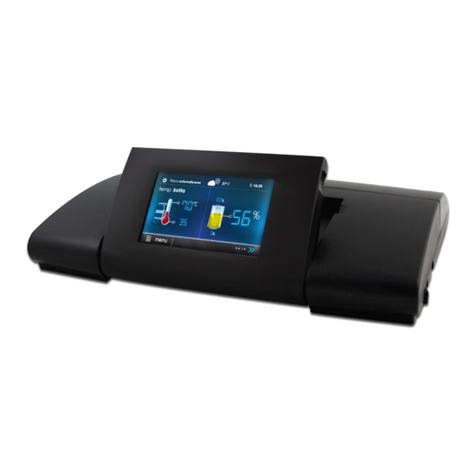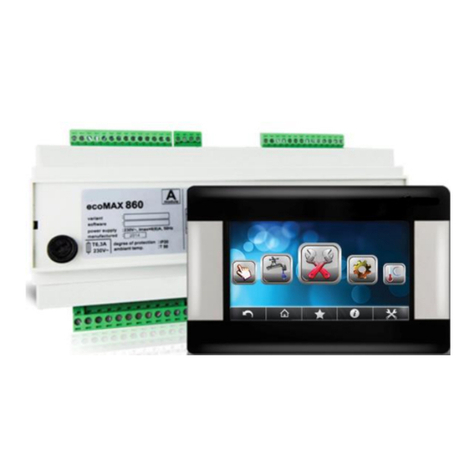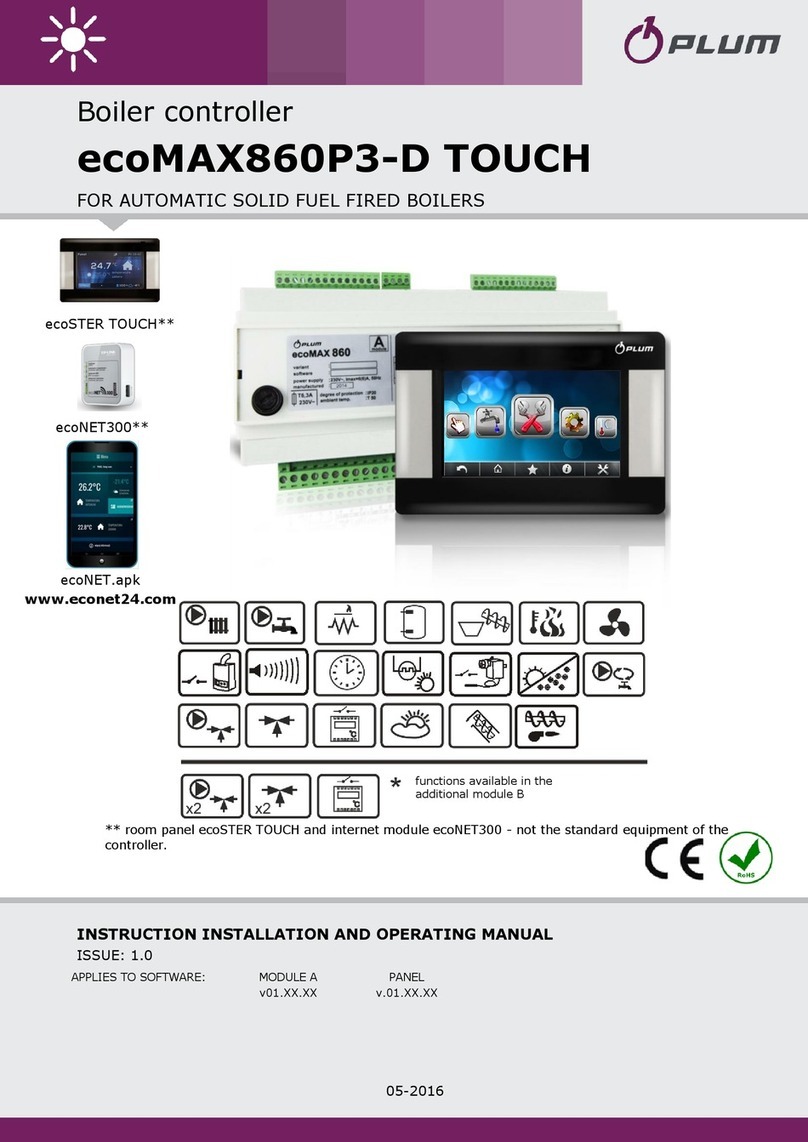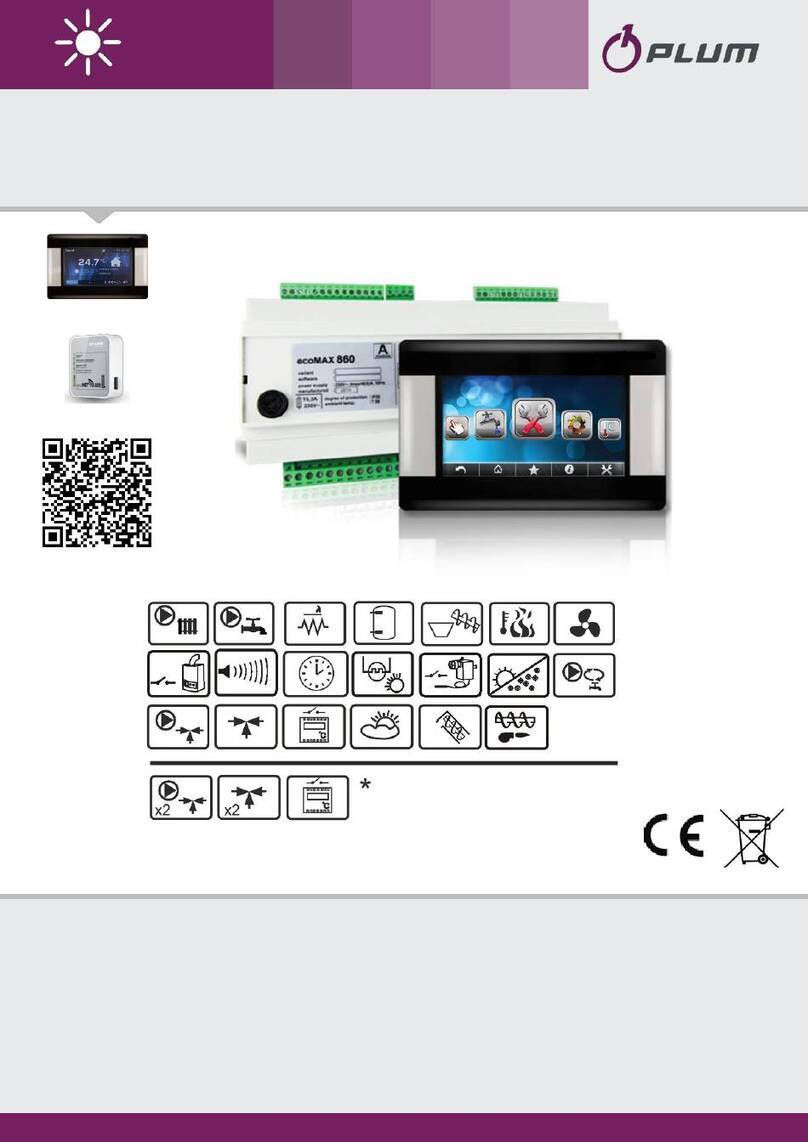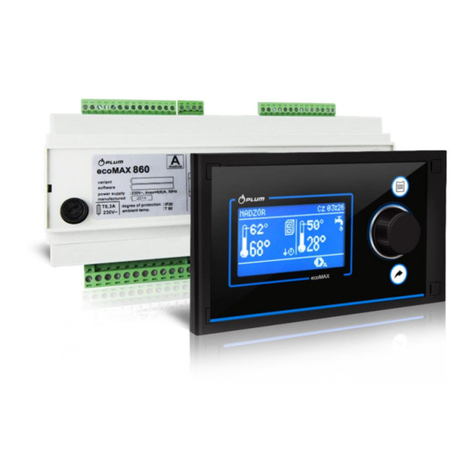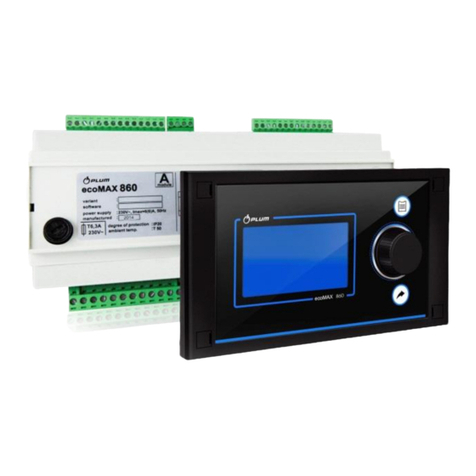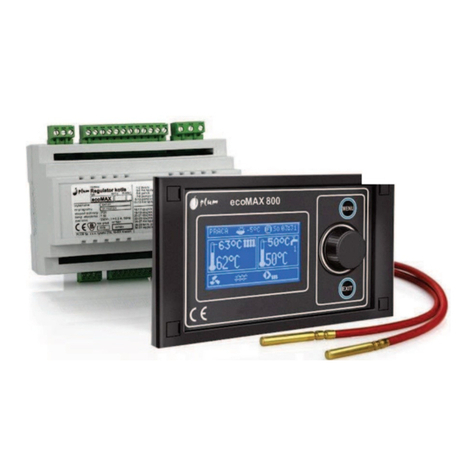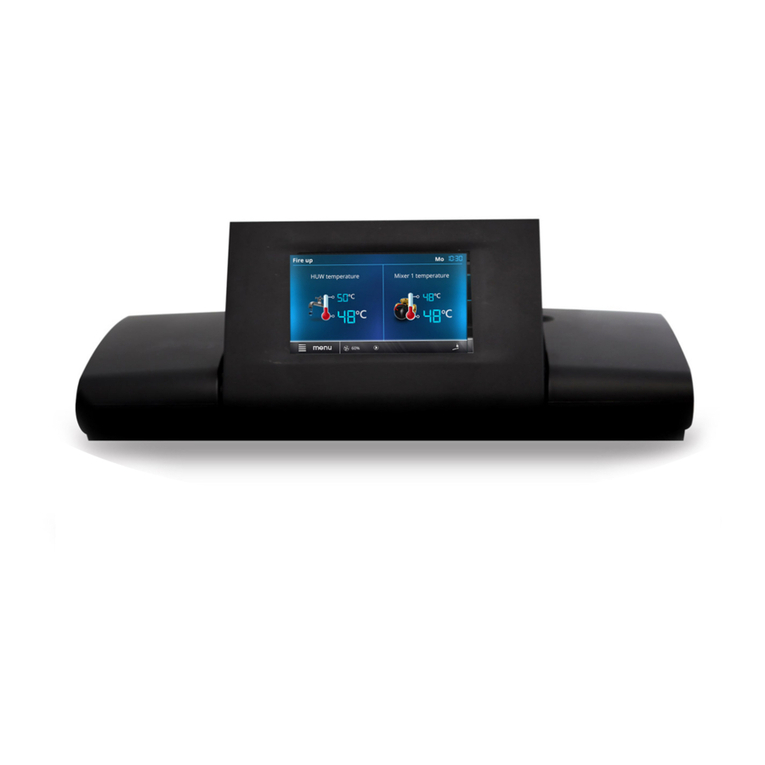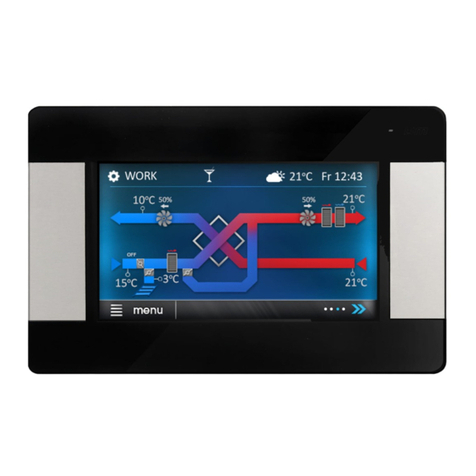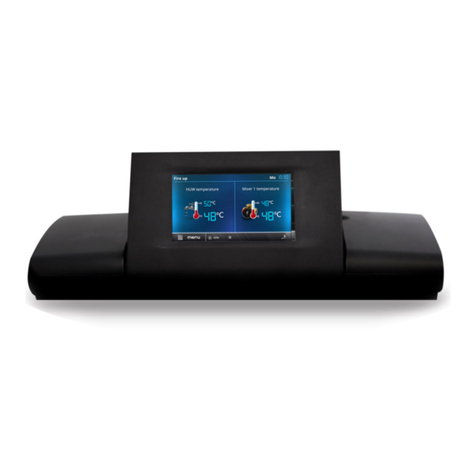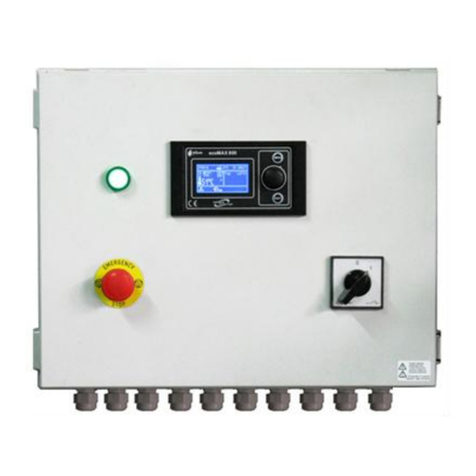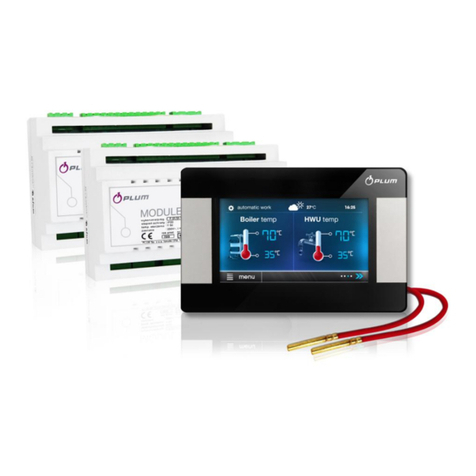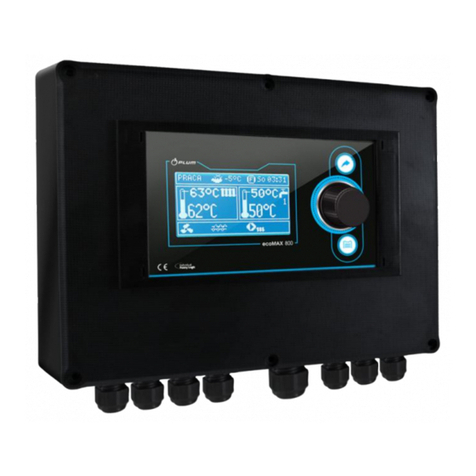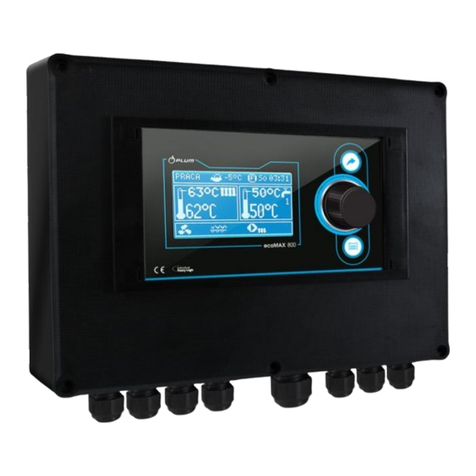INDEX
1. SAFETY PRECAUTIONS......................................... 5
2. GENERAL INFORMATION .................................... 6
3. DATA REFERRING TO DOCUMENTATION............ 6
4. DOCUMENTATION STORAGE .............................. 6
5. SYMBOLS AND MARKINGS USED ........................ 6
6. WEEE 2002/96/EG ELECTRICITY AND
ELECTRONICS BILL ........................................................ 6
7. USER MENU STRUCTURE .................................... 8
8. CONTROLLER MAINTENANCE ............................. 9
8.1 BUTTONS DESCRIPTION .................................. 9
8.2 MAIN DISPLAY WINDOW DESCRIPTION .......... 9
8.3 CONTROLLER START UP................................. 10
8.4 BOILER TEMPERATURE SETTING ................... 10
8.5 FIRING UP...................................................... 10
8.6 WORK............................................................ 11
8.7 SUPERVISION ................................................ 12
8.8 BURNING OFF.................................................... 12
8.9 PAUSE............................................................ 12
8.10 GRID .............................................................. 13
8.11 HOT WATER SETTINGS .................................. 13
8.12 HOT WATER TEMPERATURE SETTINGS ......... 13
8.13 HYSTERESIS OF HOT WATER FEEDER............. 13
8.14 SUMMER FUNCTION START UP..................... 13
8.15 HOT WATER FEEDER DISINFECTION .............. 14
8.16 MIXER CIRCLE SETTINGS................................ 14
8.17 WEATHER CONTROL...................................... 15
8.18 NIGHT DECREASE SETTINGS DESCRIPTION.... 16
8.19 CIRCULAR PUMP CONTROL ........................... 17
8.20 FUEL LEVEL CONFIGURATION........................ 17
8.21 COOPERATION WITH ADDITIONAL FEEDER... 18
8.22 INFORMATION .............................................. 18
8.23 MANUAL CONTROL ....................................... 18
9. HYDRAULIC SCHEMES ....................................... 20
9.1 SCHEME 1...................................................... 20
9.2 SCHEME 2...................................................... 21
9.3 SCHEME 3...................................................... 22
10. TECHNICAL DATA .............................................. 23
11. STORAGE AND TRANSPORT CONDITIONS......... 23
12. CONTROLLER INSTALLATION............................. 23
12.1 ENVIRONMENTAL CONDITIONS .................... 23
12.2 INSTALLATION REQUIREMENTS .................... 23
12.3 INSTALLATION............................................... 24
12.4 ELECTRIC CIRCUIT CONNECTION ................... 24
12.5 SAFETY CONNECTIONS.................................. 26
12.6 ELECTRIC SCHEME ......................................... 26
12.7 TEMPERATURE SENSORS CONNECTION ........27
12.8 WEATHER SENSORS CONNECTION ................27
12.9 WEATHER SENSORS CHECKING .....................27
12.10 OPTICAL SENSOR CONNECTION.....................28
12.11 MIXERS ROOM TEMPERATURE CONNECTION
.......................................................................28
12.12 BOILER ROOM THERMOSTAT CONNECTION..28
12.13 RESERVE BOILER CONNECTION .....................28
12.14 ALARMS SIGNAL CONNECTION......................30
12.15 MIXER CONNECTION .....................................31
12.16 CIRCULAR PUMP CONNECTION .....................31
12.17 TEMPERATURE LIMITER CONNECTION..........32
12.18 ROOM PANEL CONNECTION ..........................32
13. STRUCTURE –SERVICE MENU ...........................33
14. SERVICE SETTINGS .............................................34
14.1 BURNER SERVICE SETTINGS ...........................34
14.2 BOILER SERVICE SETTINGS .............................35
14.3 CH AND HW SERVICE SETTINGS.......................36
14.4 BUFFER SERVICE SETTINGS ............................37
14.5 MIXER SERVICE SETTINGS ..............................37
14.6 ADVANCED PARAMETERS..............................38
15. DEFAULT SETTINGS RESTORING ........................39
16. ALARMS DESCRIPTIONS .....................................40
16.1 BOILER MAX. TEMP. EXCEEDING ...................40
16.2 FEEDER MAX. TEMP. EXCEEDING...................40
16.3 BOILER TEMP. SENSOR FAILURE ....................40
16.4 FEEDER TEMP. SENSOR FAILURE....................40
16.5 COMMUNICATION LOSS ................................41
16.6 FIRING UP FAILED ATTEMPT ..........................41
16.7 FAILED ATTEMPT TO LOAD THE FEEDER ........41
17. OTHER................................................................41
17.1 POWER STOPPAGE ........................................41
17.2 ANTIFREEZING PROTECTION .........................41
17.3 PUMP ANTI STANDSTILL FUNCTION ..............41
17.4 NETWORK FUSE REPLACEMENT ....................42
17.5 CONTROL PANEL REPLACEMENT ...................42
18. LAMBDA SENSOR Λ............................................42
19. POSSIBLE FAULTS DESCRIPTION ........................43
20. COTROLLER CONFIGURATION BY BOILER
PRODUCER..................................................................44
21. CHANGES REGISTER...........................................44
